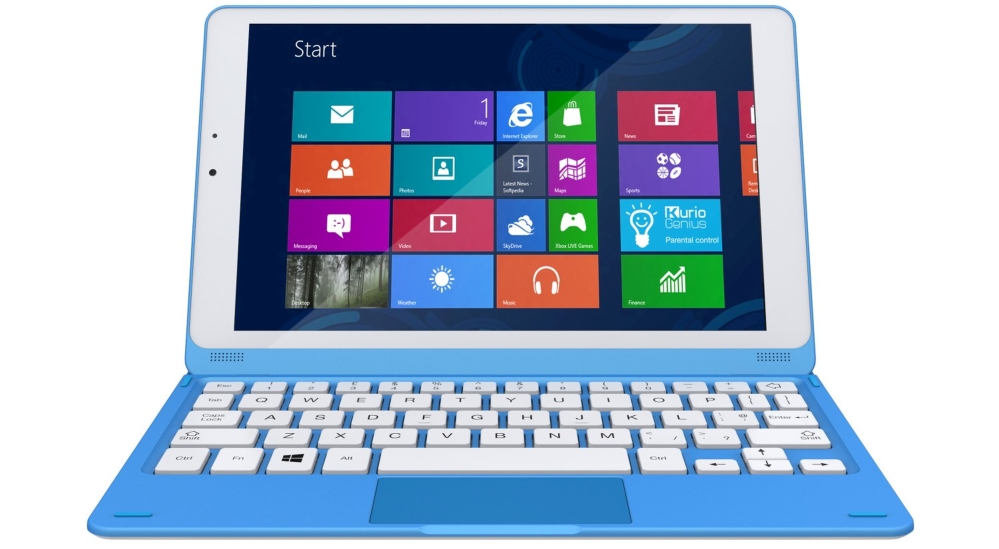NEW YORK — Kiddie tablets have grown up.
Tablets designed just for kids are getting more sophisticated as they face increased competition from regular tablets. The new products also have better screens, speedier chips and fashionably slim bodies. They let older children do more, yet hold their hands until they’re ready for unsupervised access.
Although many of the tablets were originally conceived as educational toys for kids as old as middle schoolers, they’ve been more popular with younger children.
Older kids have been apt to reject them in favor of their parents’ tablet or smartphone.
That shift has prompted companies to focus more on preschoolers and kindergarteners – creating super-durable products and developing games and apps to teach reading and math.
But now, some of those companies are looking to take back some of the sales to older kids that they’ve lost over the years, offering premium products – most with price tags of over $100 – that look and perform less like toys and more like the ones adults use.
LeapFrog, maker of the toy-like LeapPad, released its first Android tablet this year. Kurio is branching out to Windows 10 and includes a full version of Microsoft Office in a new tablet-laptop combination.
The use of Android and Windows software, in place of the more basic, custom-made systems used in toy tablets, allows for more sophisticated apps and games and a range of content from standard app stores.
Monica Brown, LeapFrog’s vice president for product marketing, said the company aimed to “create something that was kind of sleek and more tech forward for kids who were looking for something that felt like their parents’ tablet.”
But parents still want educational content and safety features that come with a tablet designed purely for kids. LeapFrog’s Epic, along with the other new tablets for kids, are attempts to bridge that gap.
The Epic looks like a regular Android tablet, but comes with a removable bright-green bumper. It is much faster than a LeapPad and can run versions of popular Android games such as “Fruit Ninja” and “Doodle Jump.” There’s access to the Internet, but it’s limited to about 10,000 kid-safe websites (though parents can add others). Parents can also limit and track how much time a child spends watching videos, playing games or reading.
But most parents won’t spend money on kids-only gadgets unless they believe they offer significant educational benefits.
“If they’re just looking for something to entertain their kid, then why wouldn’t they just hand over their smartphone?” said Lynn Schofield Clark, a professor of media studies at the University of Denver.
Kurio aims to answer that question with the Smart, a device that lets kids do things they previously might have needed their parents’ laptop for, such as typing up and saving their homework online or playing video on their TV through an HDMI cable. The Smart is a Windows 10 laptop with a detachable screen and comes with a free year of Microsoft Office.
Eric Levin, Kurio’s strategic director, said kids using children’s tablets are getting younger, as older kids gravitate toward adult products. Four years ago, he said, most Kurio users ranged from ages 6 to 12. Now, half of them are 3 to 5.
Send questions/comments to the editors.



Success. Please wait for the page to reload. If the page does not reload within 5 seconds, please refresh the page.
Enter your email and password to access comments.
Hi, to comment on stories you must . This profile is in addition to your subscription and website login.
Already have a commenting profile? .
Invalid username/password.
Please check your email to confirm and complete your registration.
Only subscribers are eligible to post comments. Please subscribe or login first for digital access. Here’s why.
Use the form below to reset your password. When you've submitted your account email, we will send an email with a reset code.